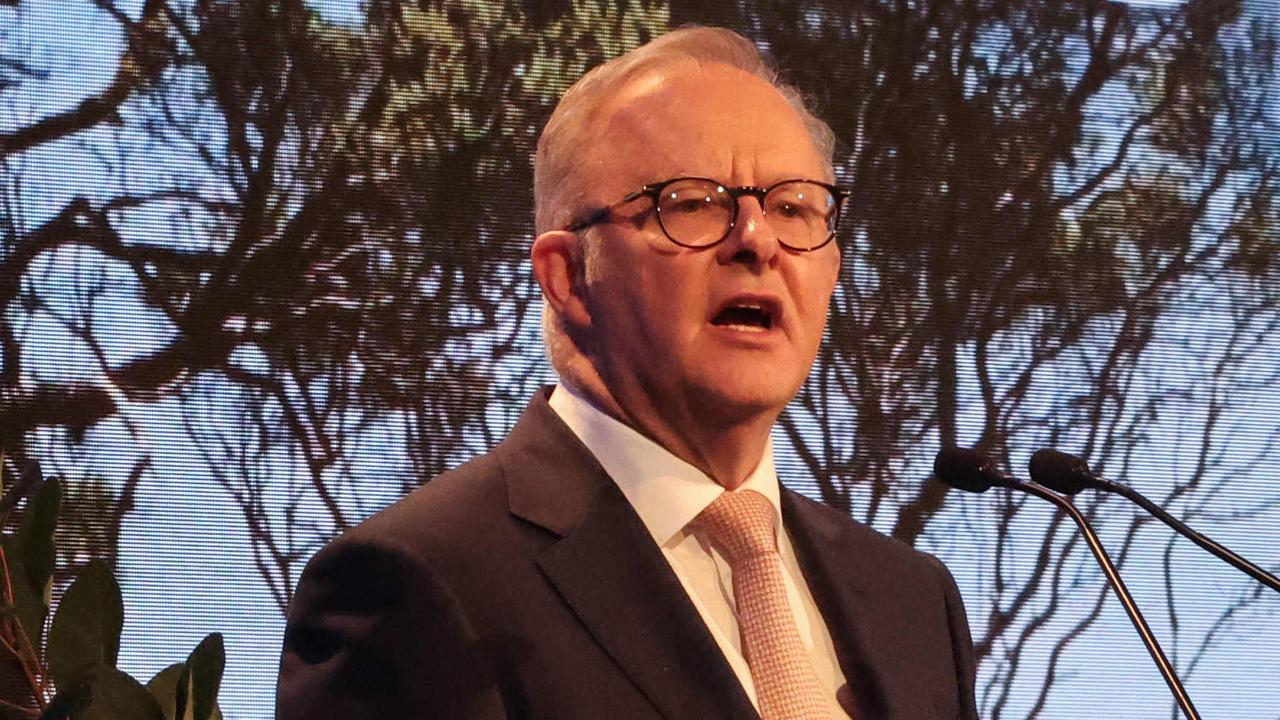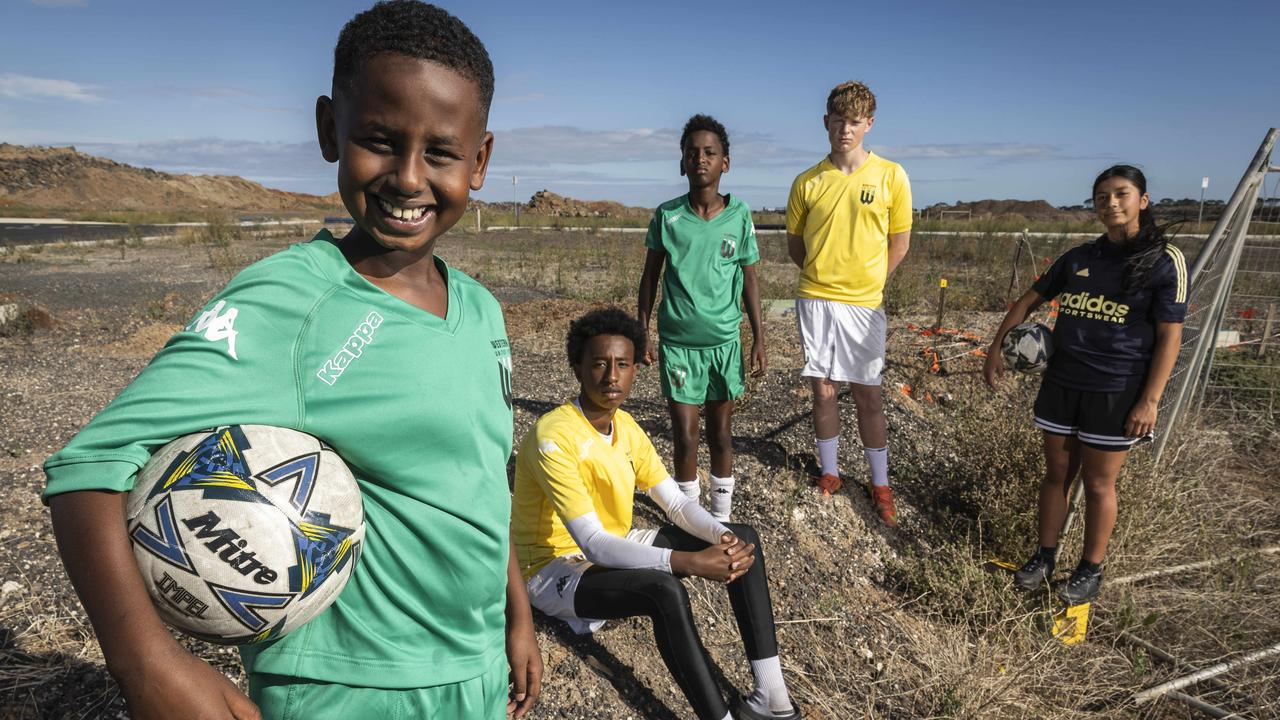Melbourne to become nation’s biggest city in September 2030
Not so long ago it was predicted that Melbourne would become Australia’s biggest city in 2027, but a Covid-led exodus has caused a reassessment.
Future Victoria
Don't miss out on the headlines from Future Victoria. Followed categories will be added to My News.
Melbourne is set to become Australia’s biggest city within a decade, and retake a crown it lost to Sydney more than a century ago.
While pandemic shutdowns have slowed Melbourne’s rapid growth, experts believe the city is on track to regain numbers with the resumption of significant overseas migration.
Based on federal data, social researcher Mark McCrindle forecasts that Melbourne will overtake Sydney as the nation’s biggest metropolis on September 7, 2030, with a population of about 5.8 million.
Not so long ago it was predicted that Melbourne would reach the landmark by 2027, but Covid hit hard, with the city’s population even dropping below five million, according to the 2021 census.
Mr McCrindle said the situation was changing with the reopening of borders and a rise in the number of skilled workers and foreign students coming to the state.
“We can expect to see those migration numbers come back, and Melbourne is a key beneficiary,” he said.
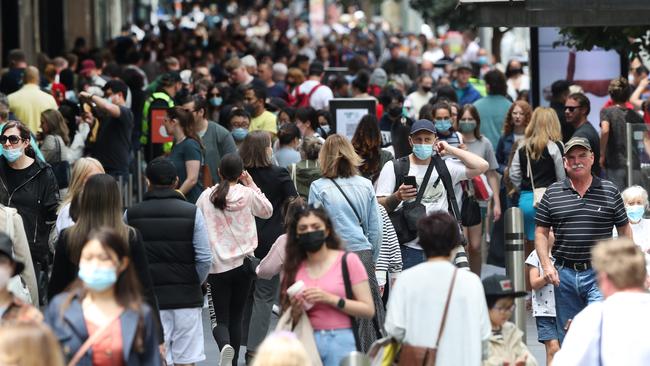
Lord Mayor Sally Capp said people were voting with their feet, so there was no surprise that Melbourne would be Australia’s most-populous city by 2030.
“Only in Melbourne can you find endless employment opportunities, world-class sport and art precincts, lush green spaces, unbeatable hospitality and night-life scenes, top-notch health and education, and so much more,” she said.
“We’re preparing for the expected population boom through massive infrastructure projects such as Fishermans Bend, Arden, the Queen Victoria Market renewal project, Greenline and many more.”
“Melbourne is magnetic for many reasons – we have the best of everything, right here in one place. We can’t wait to welcome all our new residents by 2030.”
Mr McCrindle said that compared with Sydney, Melbourne also had fewer residents moving to regional places and interstate.
Nevertheless, there had been an exodus of people from Melbourne, which he pinpointed as cheaper suburban areas.
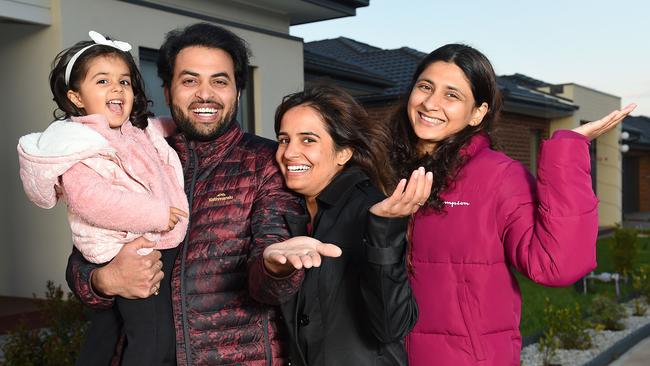
“People come into some of these western suburbs of Melbourne, even some of the inner-city areas, not necessarily for life, but it’s the starting point,” Mr McCrindle said.
“Whether it’s students or people who’ve left the family home, they go for the lower- cost rentals. It’s not a forever home.”
Mr McCrindle said housing in these areas was taken up by migrants and other new arrivals, while those leaving were taking advantage of new work patterns and lifestyles related to the pandemic.
“What’s happened in the last couple of years is that people’s tolerance to travel has increased; that is, they’re feeling more secure to live further from a CBD,” he said.
“We’ve got more confidence now in this work-from-home environment, and people are happy to move further and further.”
Mr McCrindle said Geelong and the Surf Coast were high-growth areas, and a place like Gisborne, which had been considered a bit far for a city commute, was experiencing significant development.
“Bendigo and Ballarat have been growing in their own right, but they will grow even with people who have a secure job in Melbourne,” he said.
“Regional Victoria has only one-quarter of the state’s population, but we will see not just the numbers go up, but an increase in its share of the state’s population.”
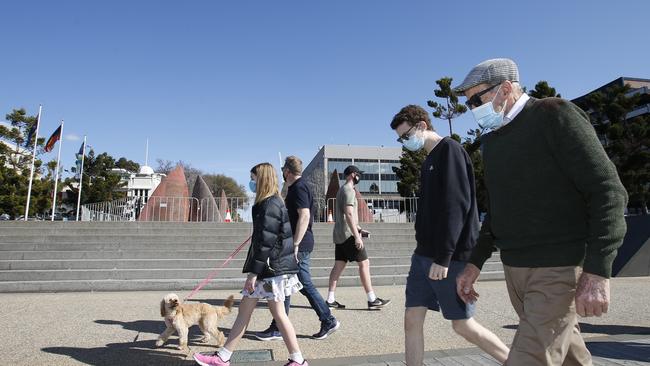
Australian Population Research Institute director Dr Bob Birrell agreed that factors such as working from home drove the regional shift, but also key was the price of housing, especially for young families.
“Millennials (aged in late 20s to mid-40s) are running into a major blockage, which is that most of the detached housing is owned by baby boomers (born 1946-1964),” he said.
“As the big baby boomer cohort moves into the post 60-70 age group, their numbers expand, and assuming they don’t downsize, they are going to be occupying an ever-increasing share of the detached housing – the very housing that is most likely to appeal to the millennials.”
Dr Birrell said this would force younger couples and families in search of cheaper housing to the city fringe, regional areas and interstate.
“That’s the big change that wasn’t anticipated prior to the pandemic, that’s being facilitated by increasing opportunities to work from home,” he said.
According to the state government’s latest Victoria in Future report, the number of Victorians aged 30-44 (roughly millennials) will increase from 1.31 million in 2016 to 1.87 million by 2036.
Migrant settlement over the next decade is expected to follow established patterns, with less-well-off arrivals drawn to cheaper, family-friendly housing on the fringe in local government areas such as Wyndham and Casey.
Wealthier migrants will continue to settle in affluent areas near good schools and services, including the leafy eastern and southeastern suburbs and bayside.
But Dr Birrell questioned whether the migrant influx to Melbourne would reach pre-pandemic levels, given uncertainty over future overseas student numbers, and the high cost of housing.
“Despite efforts by the federal government to open up the student industry and migration generally, Melbourne and Sydney are not as attractive as they were,” he said. “Even on a global scale, they are unaffordable.”



